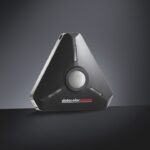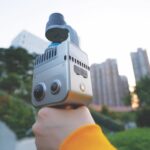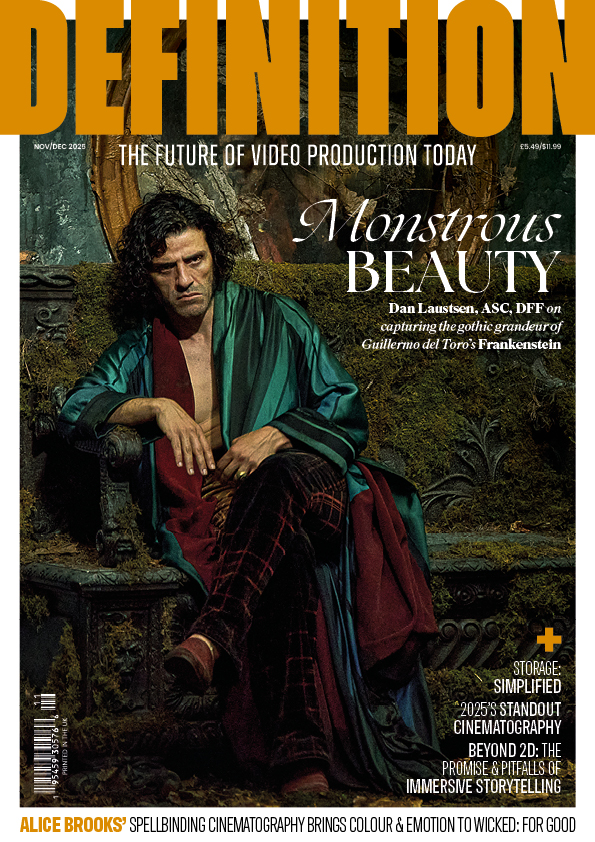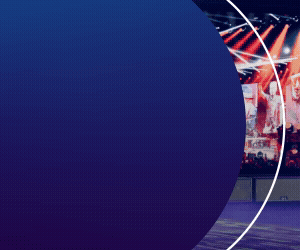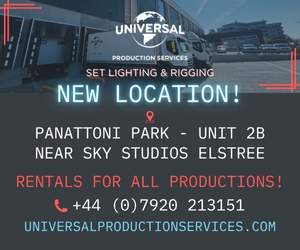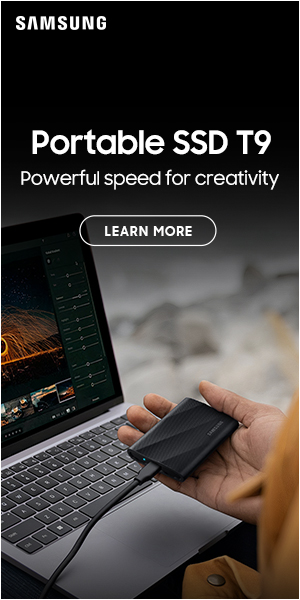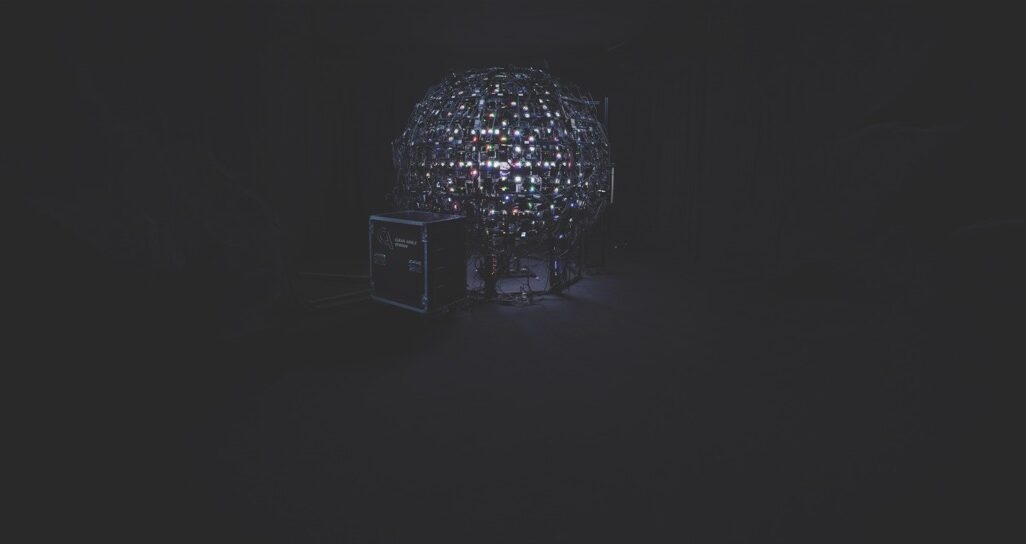
Clear Angle Studios: Meet the head scanning system Dorothy
Posted on Jul 21, 2025 by Admin
Clear Angle Studios tells us about their revolutionary head scanning system Dorothy: the cutting-edge tool capturing digital humans with unmatched precision
Advertisement feature
Of all the challenges in VFX, creating digital humans good enough to fool real ones has long been the holy grail. At the same time, sheer demand for 3D content often tests the productivity limits of traditional modelling and texturing techniques. Meanwhile, when big-name talent is involved, the need for speed and precision has created demand for some of the most capable scanning technology ever used to capture a human likeness.
Dominic Ridley is a co-founder and director of Clear Angle Studios, founded in London in 2013. It maintains facilities worldwide for scanning objects, locations and – with ever-increasing accuracy – people. Clear Angle calls its most capable scanner Dorothy; an inward-looking sphere of cameras and lights designed to capture a human head, and much more than just shape and colour.
“To date, our focus has predominantly been film production, across the big studios and indies,” Ridley says, “but now we’re also branching out into games and advertising. We even worked on a couple of the Super Bowl commercials this year.”
“Dorothy services a range of different requirements,” Ridley goes on. “From 4D to facial performance capture, to training data – we don’t use machine learning or AI, but we do capture the data. If you’re trying to faithfully recreate someone on screen, we can capture multiple lighting scenarios of someone doing a performance. If you’re doing a stunt, we can get the stunt person to come in, then the lead talent, and a VFX house could do a face replacement without having to do the old school approach of rigging and animating a face.”
Clear Angle has 18 full-body systems available worldwide, but “this rig has been designed specifically around heads and faces,” Ridley confirms. “We cover down to just below the shoulders, and the reason for that is to maximise the camera and lighting to produce the best images and the best scan, without blowing anyone’s eyes out with light.”
The crucial difference between things and people, Ridley reflects, is practical: “you’ve got more time with a prop. You don’t necessarily get as much time with talent, so you have to maximise that time so they can get back to what they do best – acting.”
The hardware required to make that happen quickly, as Ridley describes it, is significant, and can vary depending on the goal. “Dorothy has 1500 lights and 76 cameras that are used to create the 3D mesh. For 3D capture, we photograph around 16 frames per second. But if we’re doing 4D capture, we’ll use 6K cameras and capture 96 frames per second. It depends what you’re trying to capture.” The storm of data produced by those cameras is stored on a series of servers Ridley describes as “hefty – our server room is cooled to the max. Our electricity bill isn’t worth mentioning, but it’s a hell of a thing to be able to piece together all of this data and produce amazing results.”
How Ridley often describes those results is “pore-level detail that captures high-quality textures with subtle nuances, and an understanding of how light changes across surfaces. Having pore-level detail does change how light casts across the face. You can model, say, a lampshade, but getting fine detail on a human face is difficult. That’s the stuff that’s really, really tricky to do. When big-name talent turns up, you’re so familiar with them as a human. Using the Dorothy scanner, we’re not recreating them – we’re capturing them as they are. Every pore is the same, even the sub-surface blood flow – it’s all shown exactly as it is.”

Clear Angle’s system can deliver data representing any selected lighting scenario. A lighting environment can be conveniently supplied as an HDR image, which Ridley likens to the image-based lighting sometimes applied to virtual production: “You can give us an HDRI, and we can put that into our system and project that onto the subject so the subject can perform under that lighting; we can also project multiple HDRIs. We can shoot a subject in our office with the lighting of the final shot.”
Thanks to a multiplex lighting set-up, Dorothy is just as capable of producing flat-lit scans representative of no specific lighting environment, for use by VFX teams in a digitally rendered world, where virtual lights will illuminate the scanned object as required. Ridley describes it as “a blank canvas which can have lighting, animation and rigging added to it – but the foundation is exact.”
As the technology has developed, Ridley has observed the emergence of new, perhaps unexpected markets. “We’re seeing a lot of interest in the head capture market, despite the fact that AI technologies are out there. There’s an area where talent captures themselves, so they have ownership of their own data. This is happening across sports, politics and CEO-level individuals – perhaps so they can police their likeness online, or have a secondary revenue stream where they can license out their likeness without going out on a shoot or in a space.”
This thought seems timely, with the world waking up to new realities around people’s own image. For example, Denmark has recently been discussing new laws regarding the rights to control use of a likeness.
As Ridley points out, there are many reasons to deploy the technology. “There’s an interest in creating very believable human faces, so you can have avatar conversations without having to travel. There is a lot of interesting chatter about that kind of thing, and we’re often asked if we can capture the data. It’s a very curious space, and we’ll start seeing many more digital avatars around. We’ve done research projects with Nvidia, as well as a couple of private medical institutions. It’s an exciting prospect.”
Meanwhile, the world of video games has seen sufficient technological leaps to make Clear Angle’s work increasingly relevant. “I’m not sure there are renderers yet that can properly display every detail,” Ridley muses, “but there’s still that creative need to see what boundaries you can push, and to showcase to the wider interested community what can be achieved if they have that level of detail – now that they know where to capture it.”
Clear Angle has built three Dorothy scanners, with two in production centres and one free to move around the world. “One is in Culver City in Los Angeles, one is at Pinewood Studios and the third is a free-moving unit. Our Dorothy systems can travel – we can pack them up and move them. We can even ship them in air freight, and when they’re completely out of our hands, they’re still robust. It’s a two-day set-up – the team is well versed, it’s all in-house and they have over a decade of experience.”
“Many of our team members,” Ridley concludes, “have been with us since the beginning. It’s been an interesting journey, and it’s not just Dorothy – there are our environment and prop scans too. Our goal is to capture data faithfully. A big part of the business is ensuring productions have it easy; making the shots or characters look amazing.”
This article appears in the July/August 2025 issue of Definition


